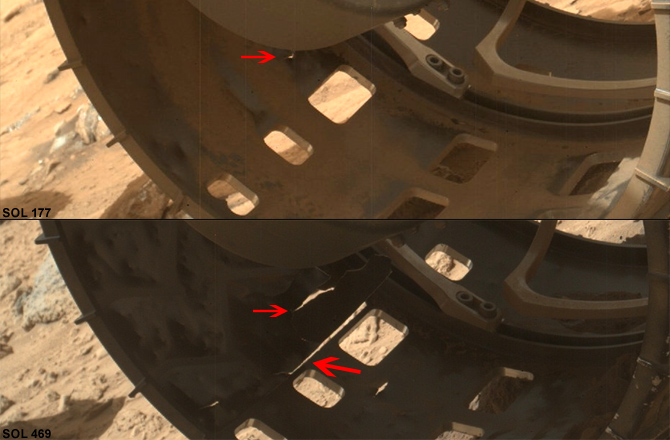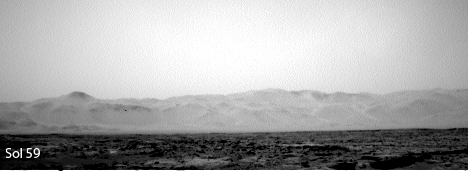
There are few sights on Mars more satisfying than its oddly familiar — yet weirdly alien — dunes.
On the one hand, the Martian dunes look much like the dunes we have on Earth — aeolian (“wind-driven”) formations undulating across the landscape have similarities regardless of which planet they were blown on.
But there’s something uncanny about Martian dunes. Maybe it’s the “extra” tiny ripples that NASA’s Curiosity itself discovered — a phenomenon that is exclusive to the Martian atmosphere. Or maybe it’s just that I know these dunes are being seen through synthetic eyes on a world millions of miles across the interplanetary void.
Who knows.
But right now, the six-wheeled robot is sampling grains of wind-blown regolith from a linear dunes on the slopes of Mount Sharp to help planetary scientists on Earth build a picture of how this ancient landscape was shaped.
Curiosity scooped samples of linear dune material into the rover’s Sample Analysis at Mars (SAM) so they could be compared with material from other dunes it had visited in 2015 and 2016. Samples are also planned to be delivered to the mission’s Chemistry and Mineralogy (CheMin) instrument. As NASA points out, this is the first ever study of extraterrestrial dunes. (Dune fields also exist on Saturn’s moon Titan, but as recent research indicates, those are very different beasts and haven’t been directly sampled.)
“At these linear dunes, the wind regime is more complicated than at the crescent dunes we studied earlier,” said Mathieu Lapotre, of the California Institute of Technology (Caltech), in Pasadena, Calif., who led the Curiosity dune campaign. “There seems to be more contribution from the wind coming down the slope of the mountain here compared with the crescent dunes farther north.”
All of the dunes Curiosity has sampled are a part of the Bagnold Dunes, a dune field that stretches up the northwestern flank of Mount Sharp. Within the field, depending on the wind conditions, different types of dunes have been found.
“There was another key difference between the first and second phases of our dune campaign, besides the shape of the dunes,” said Lapotre in a NASA statement. “We were at the crescent dunes during the low-wind season of the Martian year and at the linear dunes during the high-wind season. We got to see a lot more movement of grains and ripples at the linear dunes.”


















